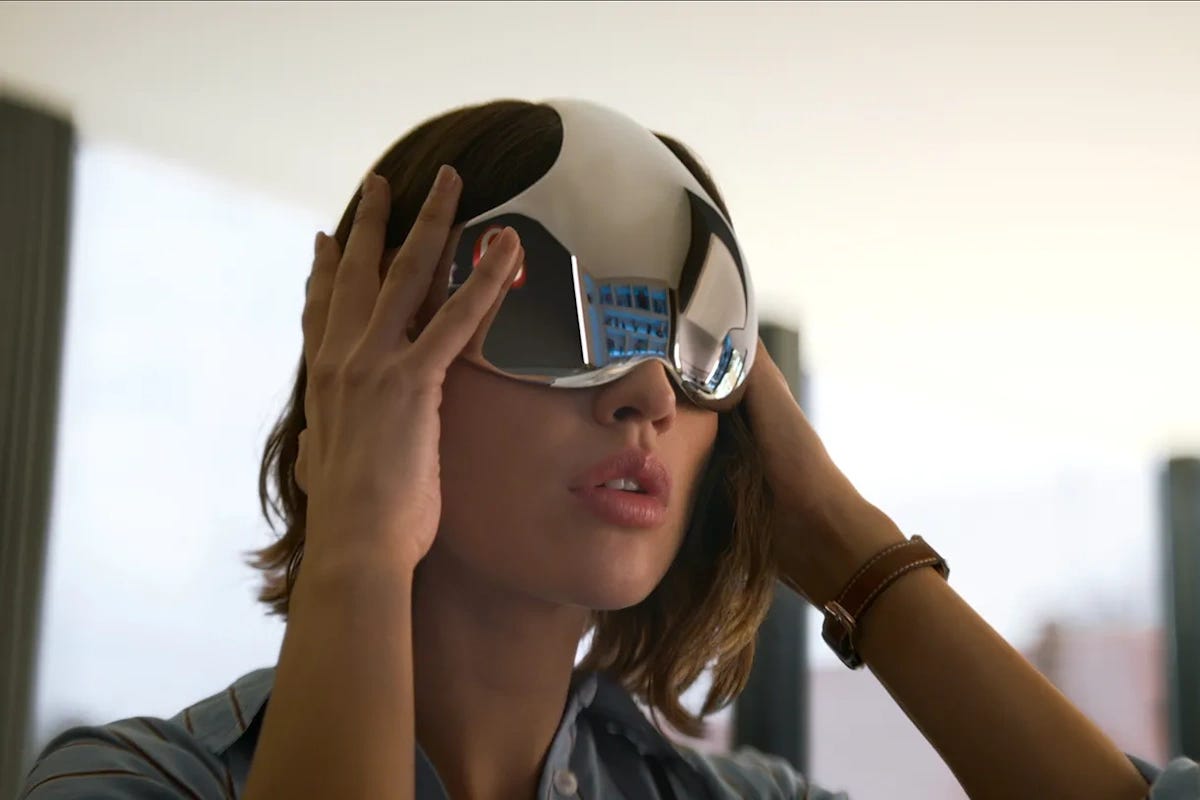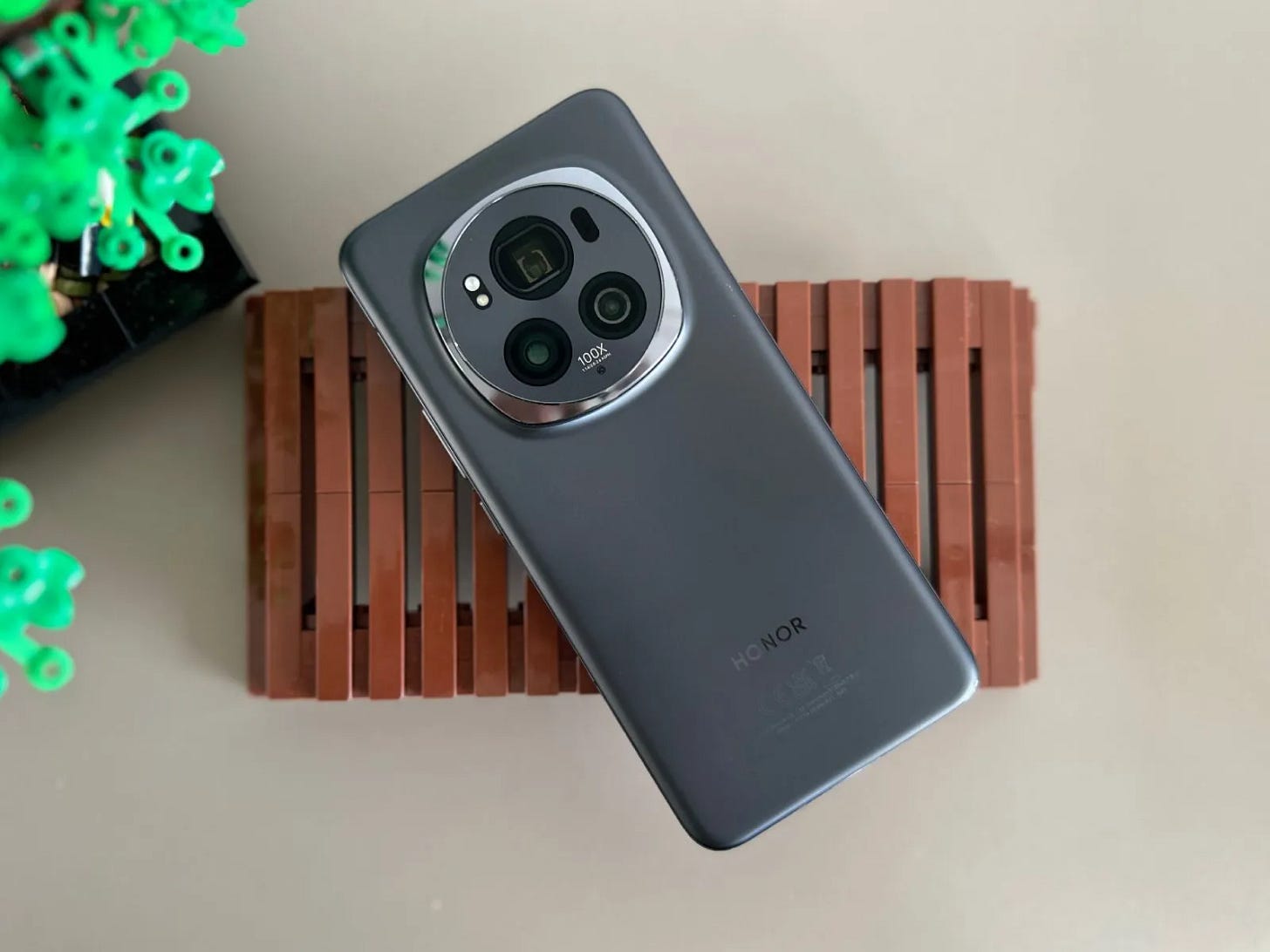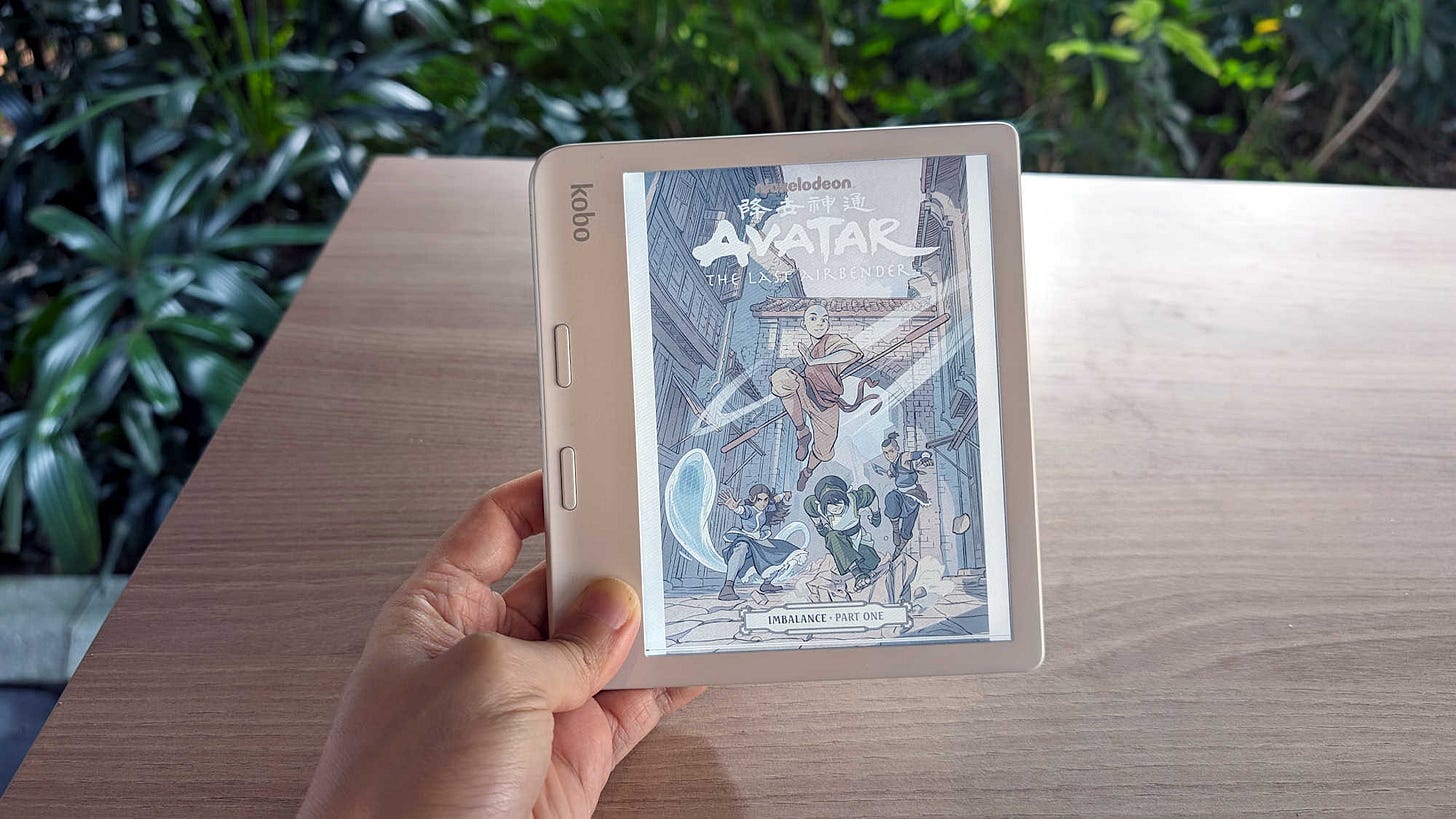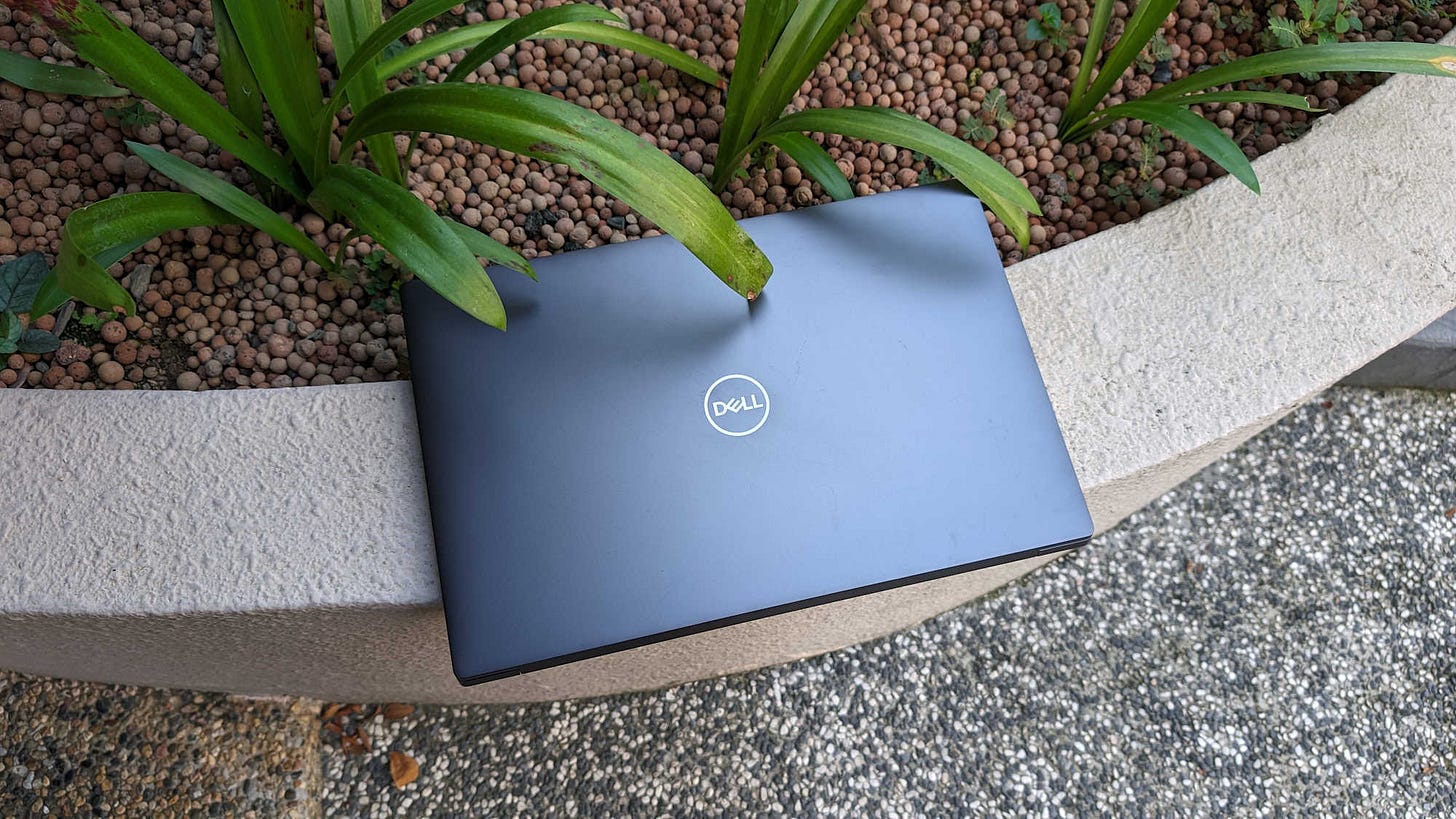How do you solve a problem like VR?
Light years away from a 3 Body Problem headset
Is virtual reality (VR) as unsolvable as the three-body problem that’s at the centre of Netflix’s latest sci-fi TV series? That’s my takeaway after binge-watching the TV show, which featured a really cool VR headset that creates a simulation so immersive it’s indistinguishable from reality.
The closest thing we have now to Netflix’s fictional headset is probably the Apple Vision Pro, which looks much heavier and more clunky. And just a couple of months after its debut, we’re hearing reports of Apple cutting back on production of the headset due to poor sales in the US.
It’s not just Apple. Sony’s PlayStation VR2 headset isn’t meeting expectations, despite having top-tier hardware specs, and arguably offering more value than most competing gaming headsets. I really liked the PS VR2, but I just couldn’t use it for more than 30 minutes before fatigue sets in.
So call me a skeptic when I read about Meta’s recent announcement about opening up its metaverse to third-party hardware developers. Sure, it will be interesting to see how Asus builds its VR headset for top performance — I bet there will be plenty of LEDs. But we’re still waiting for the ChatGPT moment for VR. I’m increasingly doubtful if we’ll ever see it.
This week in reviews, we tested Honor’s flagship phone which offers excellent performance and battery life, got our first experience of colour ebooks with Kobo’s new colour ereader, and got used to the minimalist design of the Dell XPS 16.
The Honor Magic6 Pro is one of the more affordable flagship Android phones in the market at S$1,399. The hardware is excellent from the fast Qualcomm Snapdragon 8 Gen 3 chipset to a 6.8-inch OLED with 120Hz refresh rate to a triple-camera system with a 180MP telephoto camera. Battery life is great, too. Expect around 1.5 days of uptime, depending on your usage.
Besides being the first colour ebook reader from Kobo, the Libra Colour (S$329.90) also comes with a newer, faster processor that makes for a more responsive user experience compared with its predecessor. You also get stylus support, though that’s an extra S$100.
The Dell XPS 16 (from S$2,899) is one of the new screen sizes for the PC maker’s premium notebook line. It has a similar minimalist design as the XPS 13 Plus, which means a haptic border-less touchpad and touch-sensitive, LED-lit buttons at the top row of the keyboard. A high-end luxury laptop for content creation with a side of gaming.





